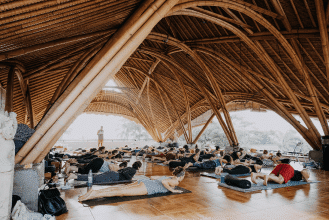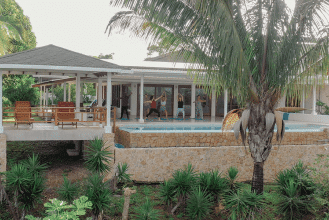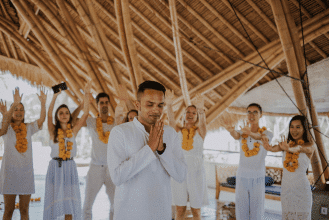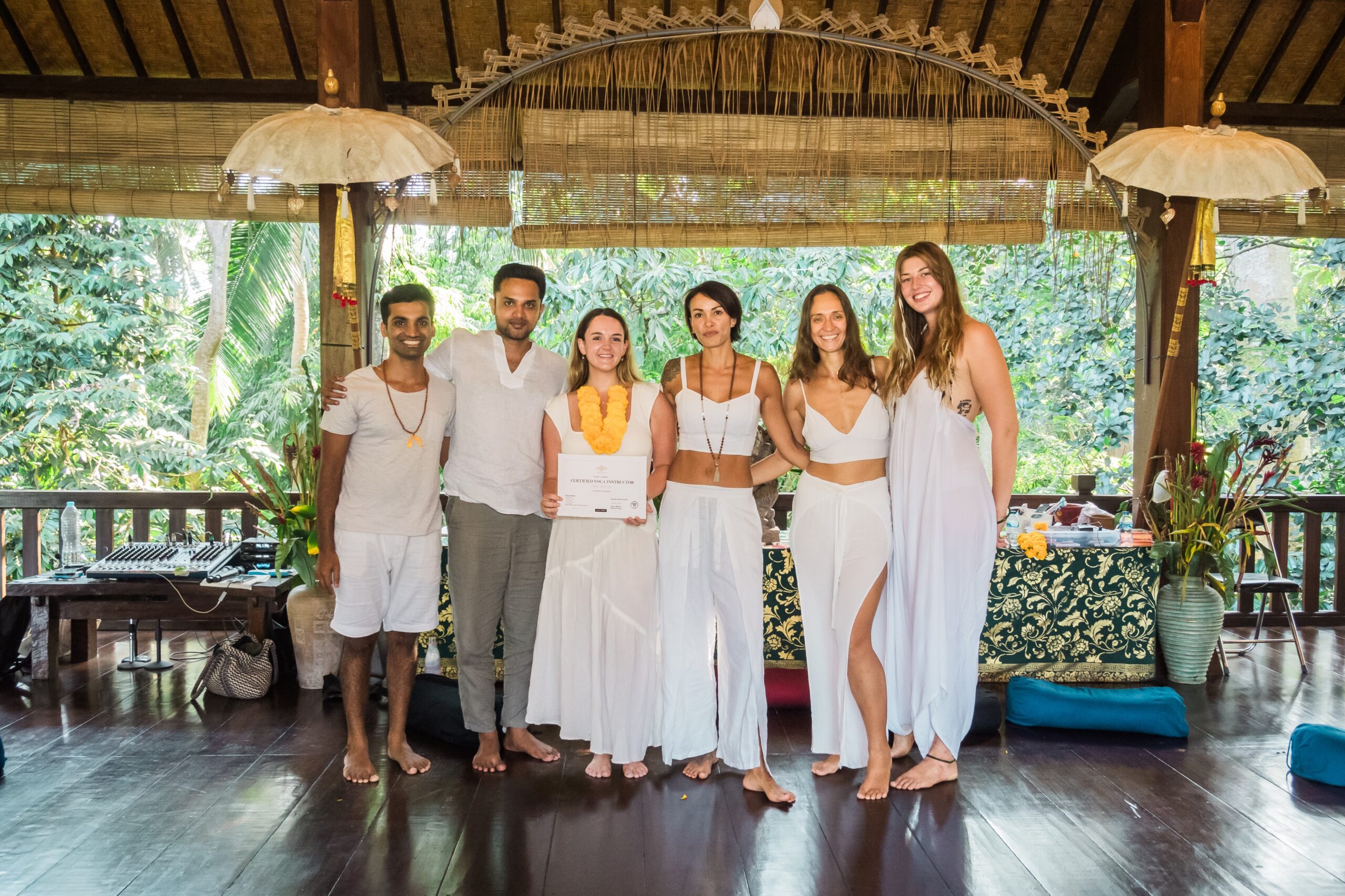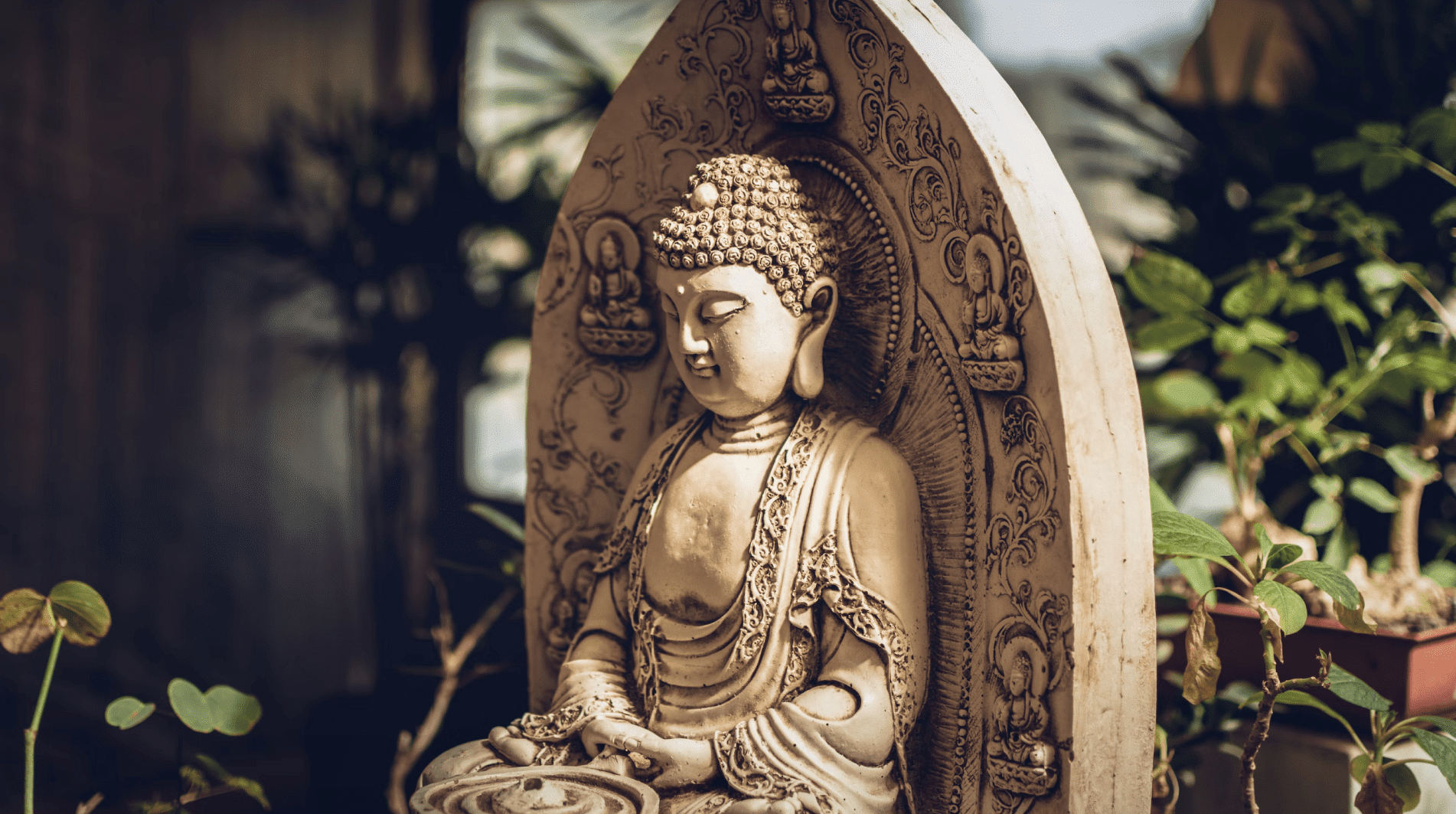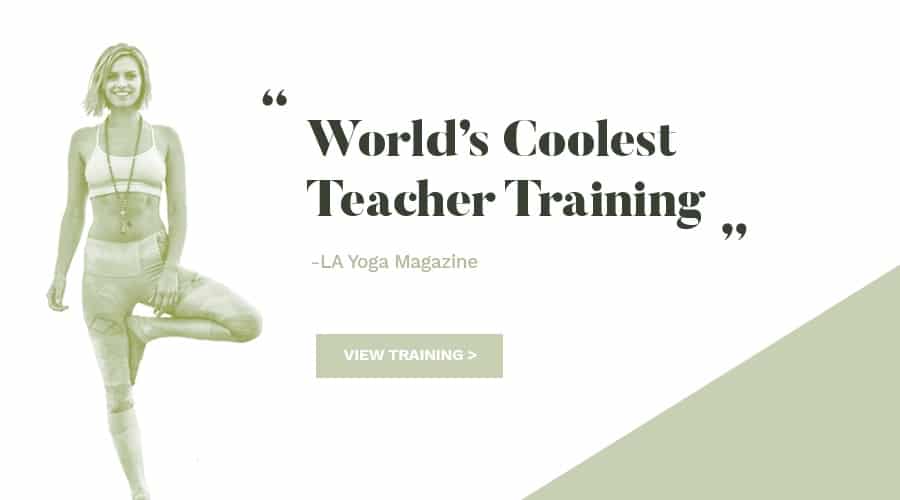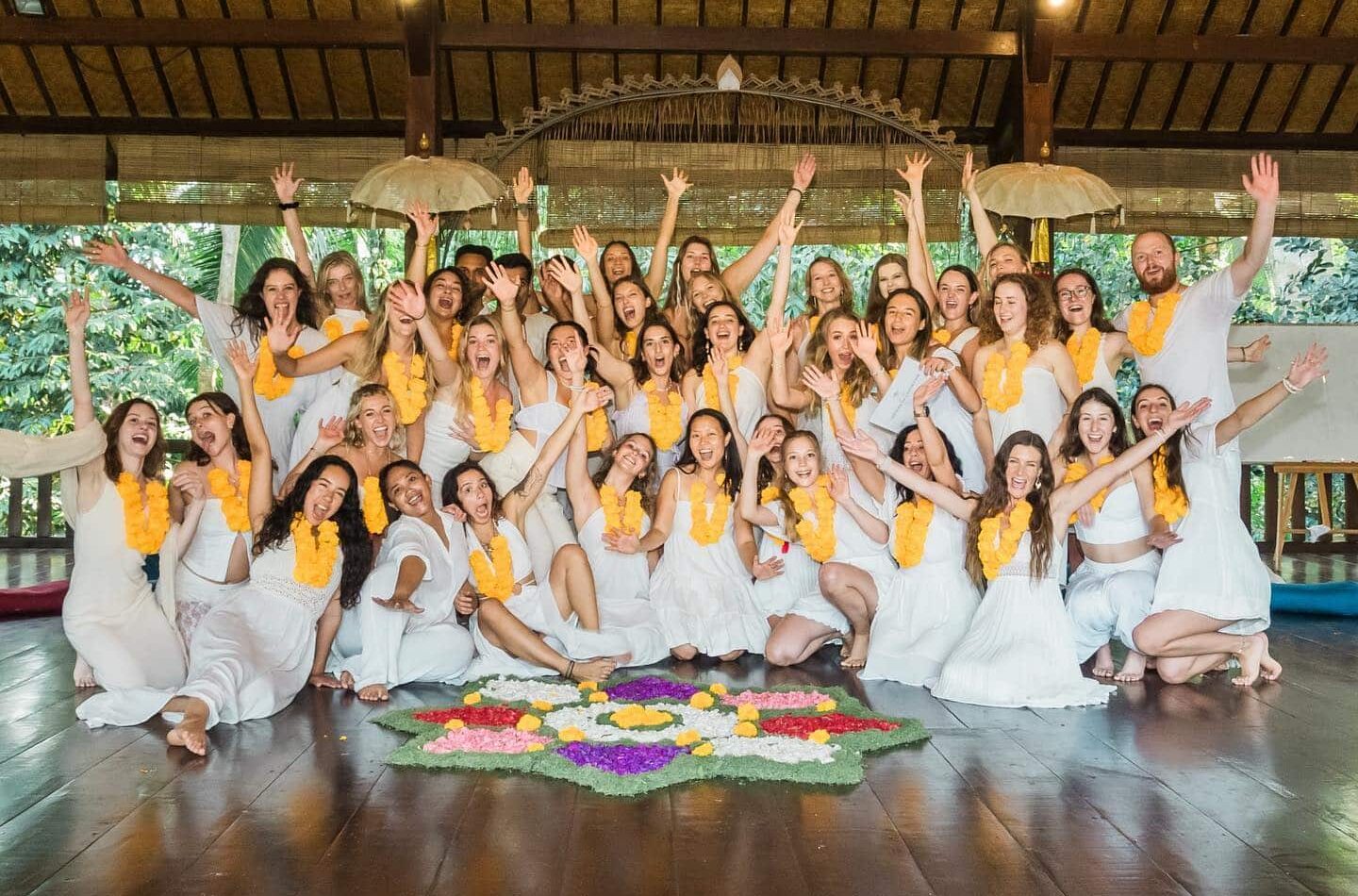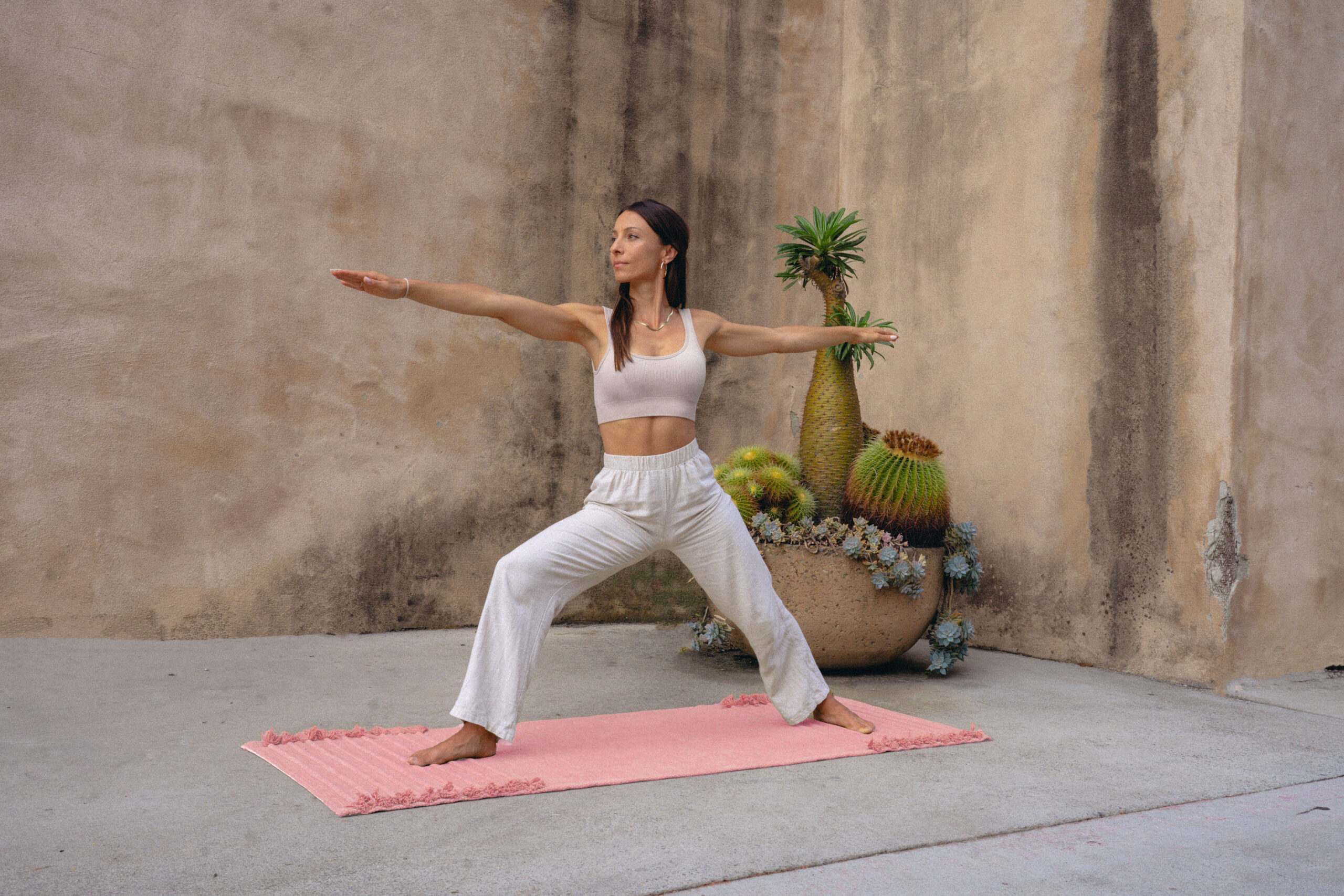
I’d like to help introduce you to the deeper and more transformative aspects of yoga. This article is a brief yet very practical introduction as to how that might happen for you and your life. Rather than focus on the ancient texts, I will focus here on the aspect that I feel apply to modern life.
I can honestly say that the principles of yoga have fundamentally changed my relationship to everything I do in my life and has brought me to balance. I feel qualified to talk about this simply because it’s worked for me. I will speak mostly from my own experience here.

What is often missed when practicing at studios here in the West is the true deeper practices of yoga. It’s contextualized as a physical practice which isn’t necessarily a bad thing, it’s just not the full thing. For me, yoga started to take hold in my life when I began to see it as a framework for living. What happens for many practitioners when they want to go deeper with their practice is that at a certain point, it sinks deeper.
It sinks deeper into your heart and fundamentally changes your relationship to everything you do from your diet, through your work, to your relationships. This is Yoga`s true power and where the real benefit lies. I have experienced firsthand that the principles of yoga, slowly over the course of time have brought balance into each of these aspects of my life and help me see them clearly. There are many many more aspects of the yogic system, but these are the ones that I have found to be the most powerful and relevant to my life.
First, what is the ACTUAL purpose of yoga?
Obviously, the ancient yogi’s did not invent yoga to be practiced in a studio 3 times a week at YogaWorks on 6th avenue in Manhattan. To get a better understanding of yoga as a whole life system I think it helps to understand very briefly why it was invented in the first place. The man who invented yoga lived in ancient civilizations most likely some of the first civilizations of a man living in the Indus River Valley around 5 to 10,000 years ago.
When it began there was only one yoga pose: Lotus pose which is simply sitting cross-legged. Back in those times these Reese’s realize that if they simply sat in this pose for an extended period of time they would begin to have mystical or spiritual experiences. They would rather easily be brought back into states of balance and happiness.
For a long time, this was sufficient as they lived in a time where the world was much more pure, where there weren’t toxins in our food and in the air, and when there wasn’t constant stimulation going on around us. What began to happen was that the lifestyle of humans began to change, they became more agitated more stressed, more lazy, more confused, and were removed from their original nature.
And so the ancient masters of meditation began to invent a series of physical movements that loosen and strengthened the body in order to prepare people to get back into meditation. Actually, the whole point of practicing yoga is to prepare yourself for meditation. This is really important to understand and this alone can radically change your practice.
OK, so what is meditation?
The purpose of meditation is to simply stop the constant agitation and unfavorable states of the mind. It’s often given complicated language but it simply is to calm you down by slowing your brain waves and allowing you to be more perceptive rather than reactive. Meditating in today’s world can be very difficult, but when it actually starts to work, you begin seeing the effects in every aspect of your life. Things that used to be difficult to become rather easy, to no longer bother you. You begin to feel clear in control, and simply happy with how things are.
Getting into this state, and staying there is the true purpose of yoga and meditation. Yes, the physical aspect of strengthening and loosening the body is an important component of this but only in preparation for developing the inner qualities like concentration stability groundedness adaptiveness, feelings of inner-worth, compassion and all of the virtuous qualities.
The yogic framework for a living says that reaching and maintaining all of these virtuous inner qualities is the very purpose of life. Not to create a family, not to build a giant business, not even to go out and perform services for others. According to the yogic system, all of these things would be pointless and even harmful to the world if you do them without a sense of inner peace and balance. If you have this state of inner balance, you`ll move through all the activities of life with ease, joy, and growth.
Needless to say, this is not an easy task at all. The path of the yogic life can be one of the most difficult yet rewarding ways of life. It requires significant motivation and dedication. When beginning to walk on this path you`ll see quite quickly that there are literally an endless amount of barriers trying to stop you from staying in this state. Fortunately in the yogic system, throughout the years Masters continued to translate them for people living in the modern world.
Below are some of the major categories that I have found to be the most influential to staying on the yogic path.
Diet:
The ancient yogis so keenly observed that it’s impossible to experience any state of inner-balance if the digestive system is out of balance. You have probably observed this yourself, try doing yoga or meditating after eating a huge meal + dessert. It won’t go too well.
The yoga masters took this a step further and even observed what types of foods created certain types of inner experience and emotions. For example, they learned that garlic created a state of agitation so they advised avoiding excessive amounts of garlic. Yes, garlic has certain positive, antibiotic but when the goal is a state of meditation, it’s best to avoid.
The yogic approach to dieting is refreshing because it’s incredibly simple. Rather than focusing on the reductionist approach of nutrients fats carbs and sugars, it provides some very basic easy to follow principles based on easy to observe phenomena in the body.
The whole idea is that after you eat something you walked out affects you not only immediately but hours and even days after you eat it. This has been one of the most profound practices for me in my life. I realize that many of the difficult emotional states I was in were simply a result of what I was eating. I had very severe anxiety for about a year-and-a-half, in my yoga teacher training it went away and I realized it was simply because I wasn`t drinking two cups of coffee a day. Since building this awareness I have not drunk coffee and I have not experienced an ounce of anxiety. I generally feel very much in control of my mood and this is simply because of all the awareness I built around how what I eat affects my interstate.
Relationships:
Relationships are a tricky one. We have been taught in the west that the purpose of relationships is to experience heightened and frankly unrealistic romance. It simply cannot be sustained, and it’s damaged us deeply. We’ve been taught that the purpose additionally is to create a family, to own a home, and to drastically increase their consumption.
In the yogic framework of relationships, the purpose of the relationship is to deepen our inner states of balance and happiness. It’s to help each other to be free, rather than to restrict each other. To be a true life partner to someone, rather than to hold them to our own personal view of them. Relationships from this standpoint are a continuation of your practice. One approach this way and much of the conflict and inner turmoil will begin to go away.
Approaching relationships this way is not only something that you can do with a romantic partner but all of your friends. You’ll find your relationship evolving to be more auto genuine support of one another rather than coming from a place of competition and showmanship.
It occurred to me years ago that the only reason that I had a friend that all was to try to impress them. This, of course, was causing me a lot of stress inside, as on one hand, I was making my decisions based on what I felt would look good rather than what I actually wanted to do. On the other hand, it wasn’t working and nobody really cared anyway.
Work and Creativity:
I remember I used to think that in order to live a yogic life I had to live like a monk doing nothing but practicing yoga and meditating all day. It was a significant source of stress in my life as when I was practicing yoga and meditating I felt that I was letting my work struggle and when I was working I was going against my meditation practice.
In the modern yogic system, work creativity and service is an important aspect of a complete life, called karma yoga. The purpose of Karma Yoga is to engage with the world and to do so coming from a place of service rather than a place of greed and self-servitude. Work can quickly become stressful when you’re only doing it to serve yourself, it is however incredibly rewarding when you do so from a place of deep and genuine service to humanity.
Many modern yogis have actually reached Enlightenment this way. A very famous yogi in India named Agorewshwar Bhagwan Ram who died in 2002, said: “I found enlightenment in the smiles of others.” He did so at the age of 16.
Devotion & Expression:
For me, a 26-year-old male from Chicago, Illinois, devotion and expression by far been the most impactful practice on my life. I feel as though I did not actually truly understand what yoga was until I began to explore a new form of yoga called Bhakti yoga. It was only when I began practicing Bhakti yoga that I realized I was incredibly emotionally suppressed and fundamentally uncomfortable in my body. I thought this was just normal and how everyone else was. I see now that this is not the case. Bhakti yoga allows you to open yourself up and explore emotions like gratitude, deep love, and others that truly go beyond words.
Bhakti yoga often involves chanting mantras singing dancing and connecting with others in the community. As someone who grew up in a conventionally religious family, I remember feeling incredibly hesitant to do this, it just felt very foreign and uncomfortable. I cannot be more grateful that I decided to lean into these feelings and explore these elements of the practice.
Challenges that will come up:

1. It can be hard to give things up
Probably the hardest part of this path is all the things that you need to give up in order to stay on it. I encourage you to see that you, in fact, are not giving up anything, you are simply choosing to move your life forward into more balanced health and joy.
2. Feeling lonely
Starting on the yogic path of life can first feel like a lonely one. As I began my journey I felt as if I was the only one in the world on this path. I promise you that this is not the case and I encourage you to begin looking in new places to connect with others. There are thriving yoga communities in most major cities especially Los Angeles & New York. Keep looking and I’m confident you’ll find one that works for you. You may be surprised what that ends up looking like.
3. Staying connected
Naturally living in a city like most of us do, you’re going to run into challenges and begin to feel your connection to the yoga path weaken. This is very normal. Rather than go into Philosophical debates with yourself on the efficacy of this path, I encourage you to build a regular schedule of retreating and deepening your practice. This could take many forms. It could mean that you go away one weekend a month to be alone in nature, it could mean that you go onto yoga retreats every year or travel to an exotic spiritual location like India or Bali.
It`s different for everyone and I`d suggest you find the way that works best for YOU. For me, I’m always sure to leave myself at least one month a year devoted 100% to my practice. This might sound a little extreme to you if you work a full-time job but I found that the people around me have a deep respect for this dedication and actually been quite supportive. Again, don`t be afraid to find YOUR way and I promise everything will follow if you stay true to yourself.
Namaste.
